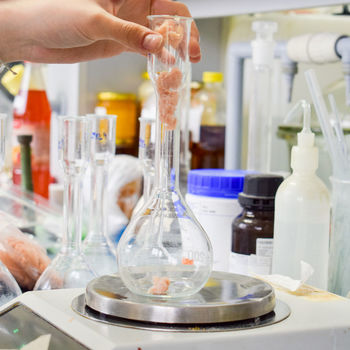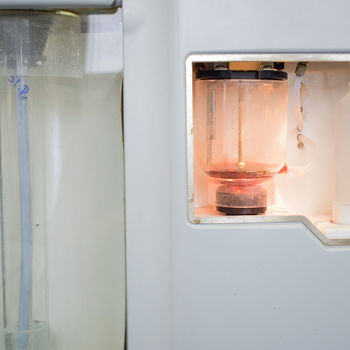Chemistry
A specialised workplace that conducts chemical analysis of food, raw materials, biological materials, feedstuffs and water.
The department provides the analysis of:
- Residues of veterinary drugs
- Contaminants – pesticides, chemical elements, mycotoxins, dioxins, polychlorinated biphenyls and other materials
- Process contaminants – acrylamide, polycyclic aromatic hydrocarbons and other substances
- Additives (food-colouring agents, preservatives, phosphates and other types in accordance with Regulation No. 1333/2008)
- Nutritional parameters and energy value, micro- and macro-elements (Regulation No. 1169/2011), and fatty acids including trans- and omega-3/6
- Quality and health safety of food and feedstuffs
- Allergens
- Potable water and surface waters
The department conducts:
- Biochemical testing of blood, urine and rumen content
- Toxicological analyses detecting the cause of the mortality and intoxication, tackling mortality in bees
- Expert assessment reports
There are also national reference laboratories (NRL) established as part of the Chemistry department: NRL for contaminants from production, NRL for residues of pesticides and PCB, and NRL for halogenated persistent organic pollutants in feedstuffs and foods.
The laboratory is involved in analyses for monitoring the presence of unauthorised and contaminating substances in the food chain (Directive No. 96/23/EC) as well as analyses of the nutritional value of foods for nutritional databases. It also conducts analyses of contaminants from the environment in cooperation with state-controlled and private organisations. The lab provides analyses for the needs of the State Agricultural Intervention Fund and participates in consumer testing of foods and feedstuffs.










